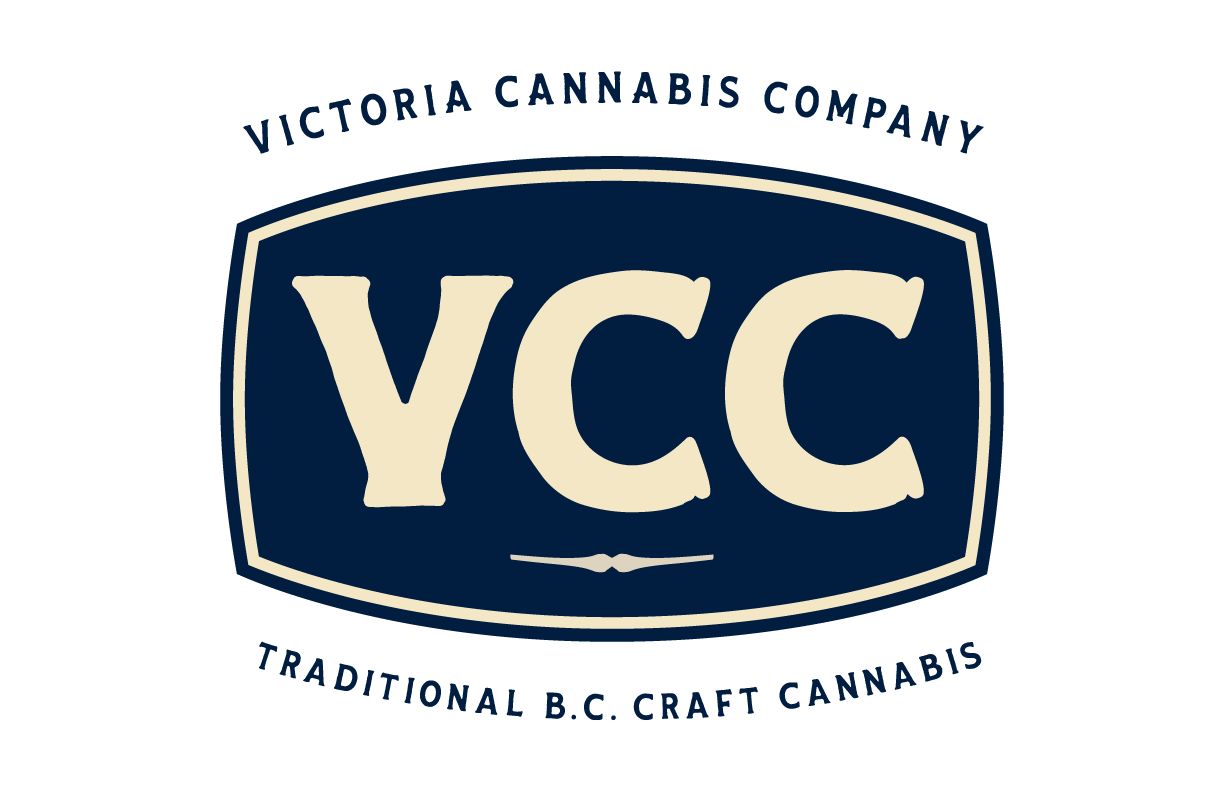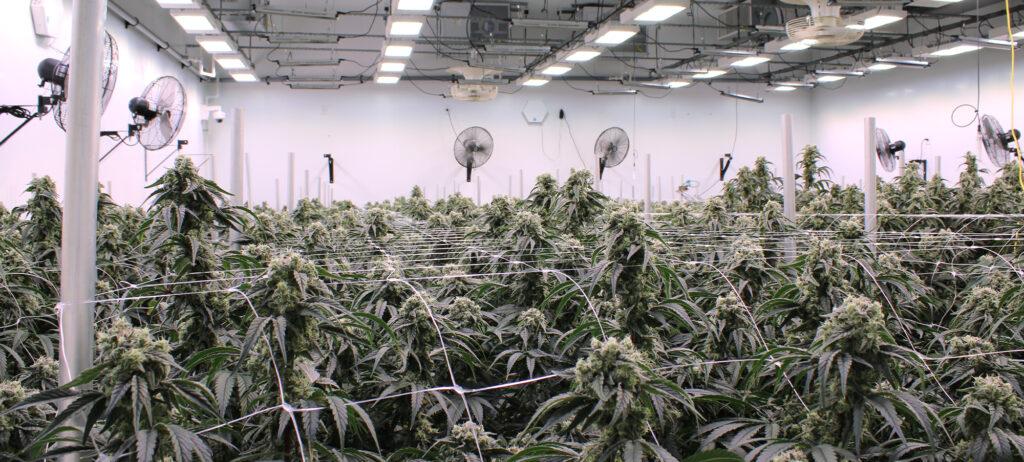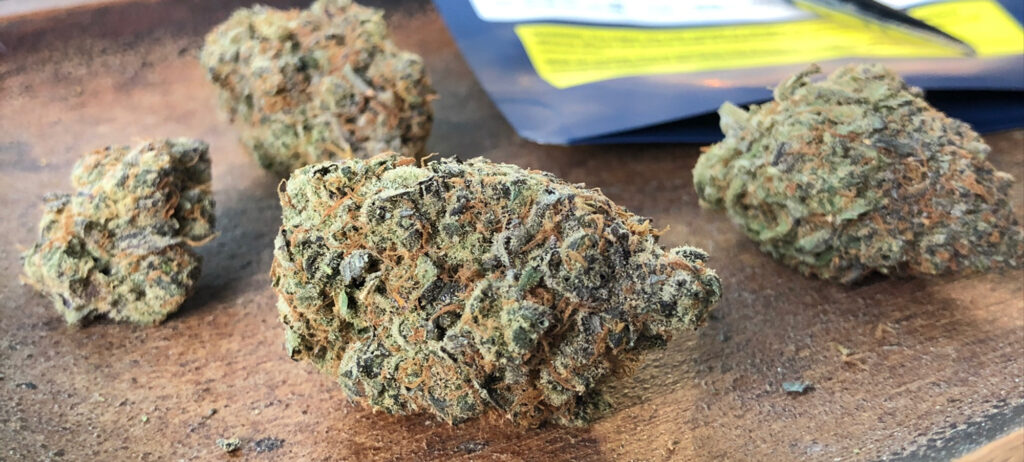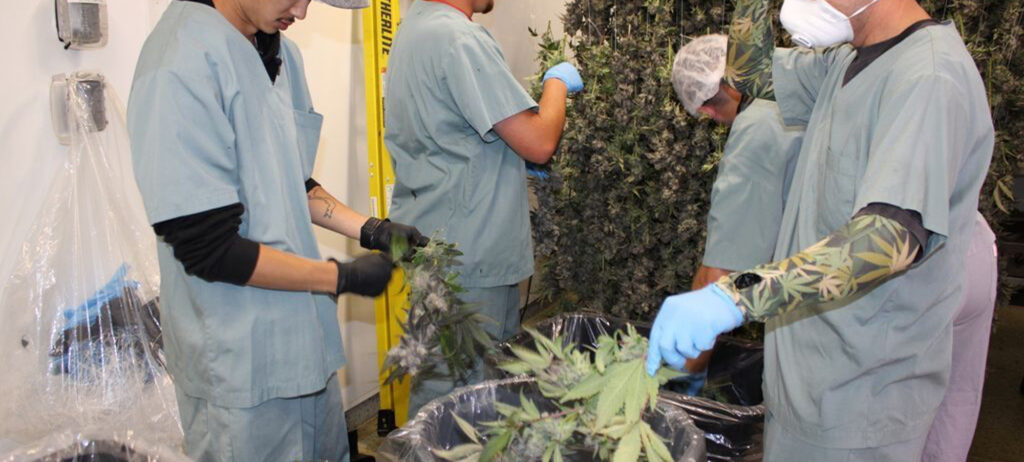We're Sorry! YOU NEED TO BE OF LEGAL AGE TO VIEW THIS WEBSITE.

Are you over 19 years of age?
BEFORE ENTERING THIS SITE, YOU MUST BE OF LEGAL AGE IN ACCORDANCE TO THE LAW OF YOUR PROVINCE.
By entering you confirm you’re of the legal age in your current location.



